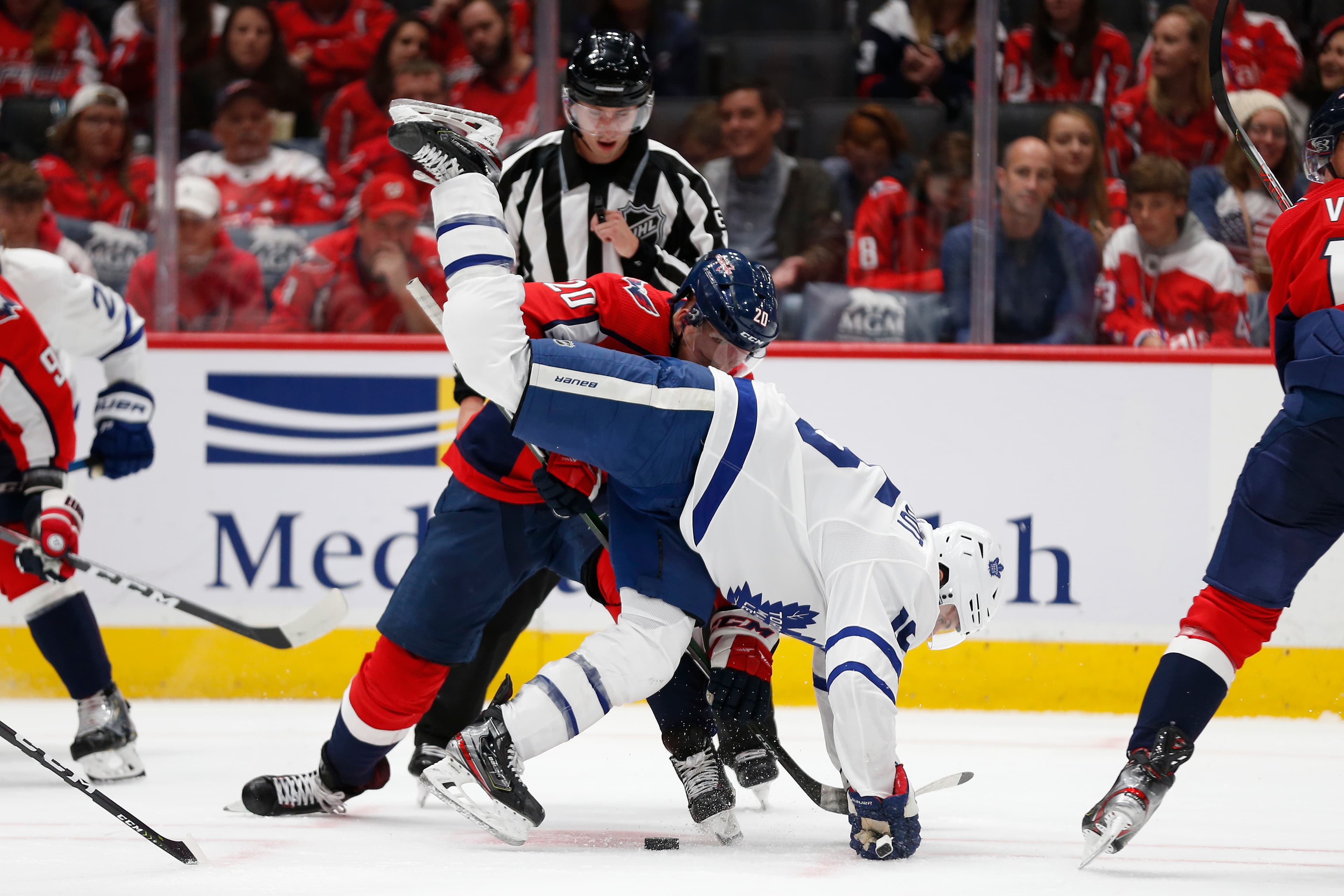How important are faceoffs in hockey?
Photo credit: © Amber Searls-USA TODAY Sports
Nov 23, 2021, 11:00 EST
Breaking News
- Steve Kouleas wonders if Mitch Marner could be Toronto’s Jonathan Huberdeau: Leafs Morning Take
- Philippe Myers earned his extension, greater consistency is needed entering 2025-26
- The 2025 Entry Draft is an opportunity for the Leafs to change their DNA
- Why the Maple Leafs should pursue Charlie Trethewey with 2nd-round pick
- What if… Mitch Marner stays?
